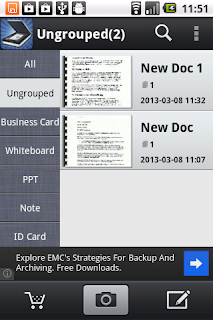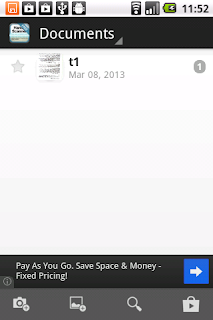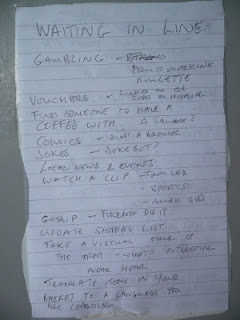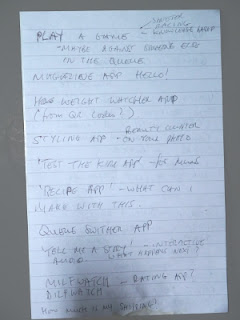| 'Pull the switch' -but will it work? |
Documentation -all bad?
There are two problems with documentation :- It's always out of date.
- No one reads it.
On the other hand I worked on another system with no documentation at all, even the output was in Dutch, a language I don't understand at all. I didn't need tests to tell me it was failing -it broke completely, pretty much everywhere; but I could have done with something telling me what it was trying to achieve, especially since there was the possibility of a big bang if it all went wrong.
On the other hand good documentation addresses the 'why' rather than the 'what' and 'how' of the code. It should tell us what a function is for or why we chose a non-obvious way to implement something, or highlight a kludge.
Oh yes, RTFM -you know it makes sense.
Testing -all good?
Well yes, generally, although not without cost, test suites have to be developed and maintained and sod's law says that the one thing that breaks there won't be a test for, but that is when you create regression tests. So unit tests, acceptance tests, regression tests you need them all.If there is a downside it is an excessive focus on test results. Development teams can have a habit of thinking that their job is done when all the tests pass; clients tend to get annoyed if the system still isn't doing what they think it should. They can also fix failing tests without regard to the rest of the system, 'ok test 1234 went green, but now everything is 50% slower? You think that's acceptable?'
Test Drive Development then?
I think it can work as part of a development process, but it really only addresses the 'what'; as in, 'what is this code doing right now', passing or failing? It says nothing about why the bit of code is there or even how it works and how well it works, in the language of my youth -it's very 'bottom up', an approach that was being maligned with good reason thirty years ago.If you fit it into a larger process -say Agile Modeling or BDD, where you have ended up with user stories, tasks and all the rest, then TDD is a valid way to go, although personally I don't think it's any better than writing code and creating unit tests afterwards. I suppose the advantage here would be that with TDD you would create the tests, otherwise you may not, as with documentation there's always something more interesting to do, but it still seems to me to encourage looking at trees rather than the whole wood.












